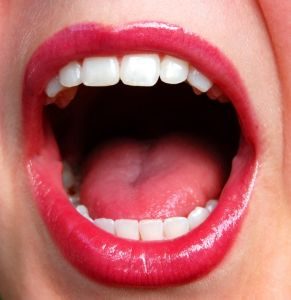The Most Unusual Eating Disorders
 There are a number of unusual and less commonly known eating disorders. The following list includes just a few.
There are a number of unusual and less commonly known eating disorders. The following list includes just a few.
1. Xylophagia
Xylophobia is an unusual eating disorder that involves the consumption of wood. It is considered a form of Pica. People who suffer from this eating disorder often eat paper, pencils, tree bark or other wood items. Though young children occasionally show signs of xylophagia, it it generally considered a standard oral fixation.
2. Trichophagia
Trichophagia is the compulsive eating of hair, often when it is still attached to the head. Consumed hair generally collects in the gastrointestinal tract and causes ingestion or stomach pain. A purgative can sometimes be used to extract a hairball from the stomach.
3. Hyalophagia
Hyalophagia is an eating disorder characterized by eating glass. This disorder is also a type of Pica. Naturally, hyalophagia is extremely dangerous for humans and can lead to cuts in the stomach, intestines and throat.
4. Urophagia
Urophagia is the consumption of urine. This eating disorder is generally considered harmless since the urine of healthy individuals is sterile. However, someone who drinks urine is at a small risk for a bacterial infection of the urethra and for skin rashes.
5. Geophagy
Geophagy is an eating disorder in which a person eats clay or chalk. Some argue that the practice is in fact healthy, since humans and animals have practiced geophagy for centuries in many cultures. However, others argue that the practice is dangerous because there is a potential to ingest parasite eggs.
6. Cannablism
Anthropophagy is an eating disorder better known as cannibalism. It has been practice by various groups in the past and is generally connected to rituals or tribal warfare.
The practice of self-cannibalism also exists and is considered a form of Pica. Some people engage in this eating disorder by eating their own skin or drinking their own blood.
7. Coprophagia
Coprophagia, or the consumption of feces, is an eating disorder extremely uncommon in humans. Consuming other people’s feces puts a person at risk of contracting Hepatitis A, Hepatitis E, pneumonia and influenza. Vaccinations are generally the treatment used for people with this eating disorder.
 Eating Disorder Self Test. Take the EAT-26 self test to see if you might have eating disorder symptoms that might require professional evaluation. All answers are confidential.
Eating Disorder Self Test. Take the EAT-26 self test to see if you might have eating disorder symptoms that might require professional evaluation. All answers are confidential.